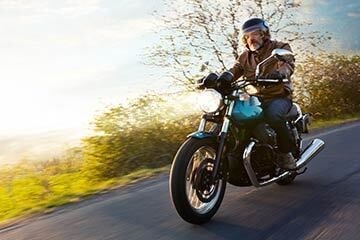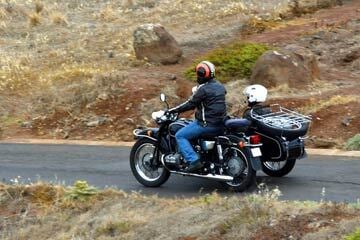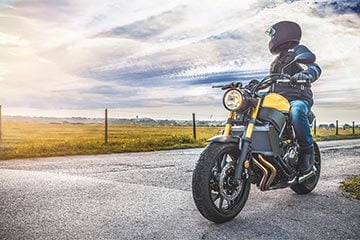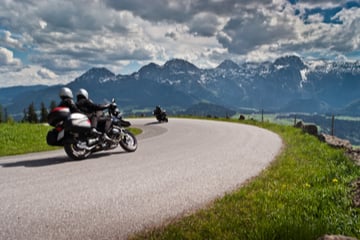What affects the price of motorbike insurance?
There are a range of factors that can affect the price you pay to insure your Yamaha, including:
- Any named riders you have on your policy
- Your age
- Your address
- Your motorbikes value
Any named riders you have on your policy can also have an affect. Depending on the riding experience, any previous claims and the age of the additional riders, the cost of your policy could either go up or down.
Your age can affect the cost of your insurance. Younger riders are often seen as less experienced and more likely to be involved in an accident in the eyes of insurers.
Your address can affect your insurance price. If you live in a city centre, you're likely to pay more than someone who lives in the countryside, because of the higher risks of having an accident and your motorbike being stolen.
Your motorbikes value. The cheaper your motorcycle is, the less your insurance provider will have to pay for repairs if you have any accident. On the other hand, a more expensive, faster model will be more expensive to insure due to the higher cost of spare parts.
History of Yamaha
Yamaha motorbikes have been around for almost 70 years. The Yamaha company was in fact set up at the end of the 19th century in Japan as a producer of pianos – a role the Yamaha Corporation still plays today.
After the Second World War, however, Yamaha redesigned some of the production processes it had developed during wartime to manufacture motorcycles. The first model rolled off the production line in 1954.
A year later, Yamaha Motor Co Ltd was spun out of its parent company and started life as a new, independent entity headed up by Genichi Kawakami. Its headquarters are in the city of Iwata in Shizuoka prefecture, roughly 150 miles south-west of the Japanese capital, Tokyo.
Yamaha’s first motorbike was the YA-1, a 125cc single-cylinder motorcycle. The early success of this model in motorbike races in Japan as well as elsewhere in the world set the template for Yamaha’s subsequent involvement in the motorcycle racing arena. Among many notable achievements over the years, the Yamaha XT500 claimed first place in the inaugural Paris-Dakar Rally in 1979.
During the 1980s, the motorcycle industry – led by Yamaha as well as its Japanese competitors Suzuki, Honda and Kawasaki – rapidly broadened the range of motorbikes they produced. The Yamaha FZ750, a high-performance street bike, was launched in 1985, following on from the success of 1981’s XV750 cruiser-style motorcycle.
In the past three decades, Yamaha has expanded into a number of new areas of motor manufacturing while retaining its focus on the motorcycle sector. Indeed, in 2020 it was reported to be the world’s second largest motorbike manufacturer by value, behind its rival Honda.
In 1989 Yamaha launched a Formula One team which ran until 1997 and which employed drivers including Damon Hill and Martin Brundle. The company has become one of the world’s biggest producers of snowmobiles and has also developed boats and other watercraft, golf carts, off-road vehicles and electrical generators, among many other products.






